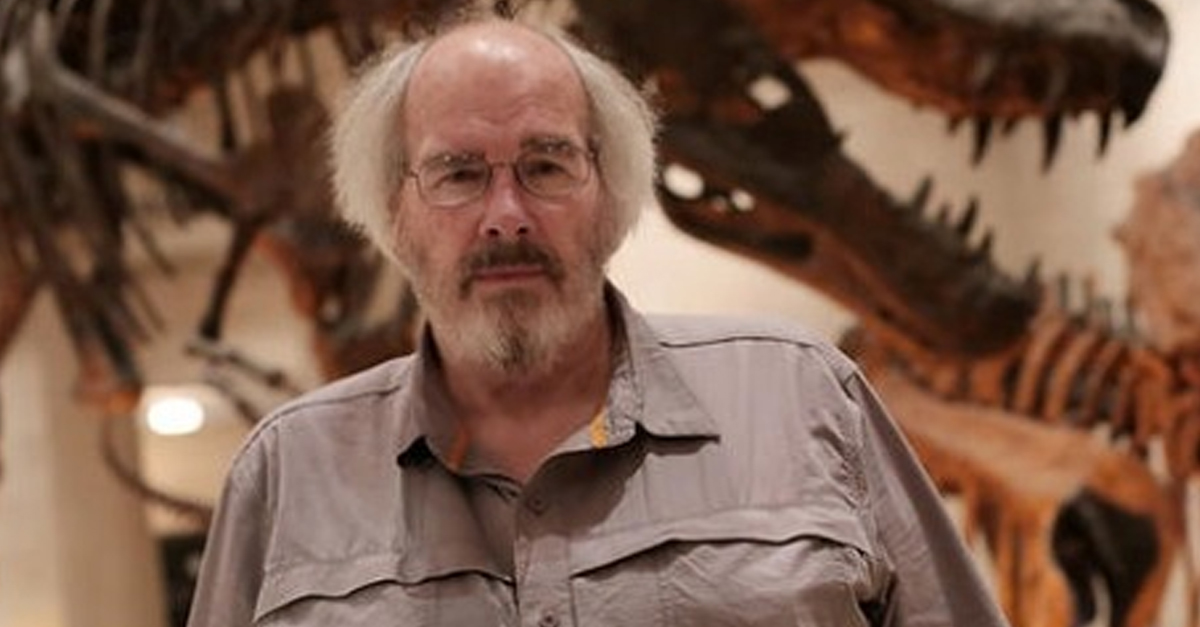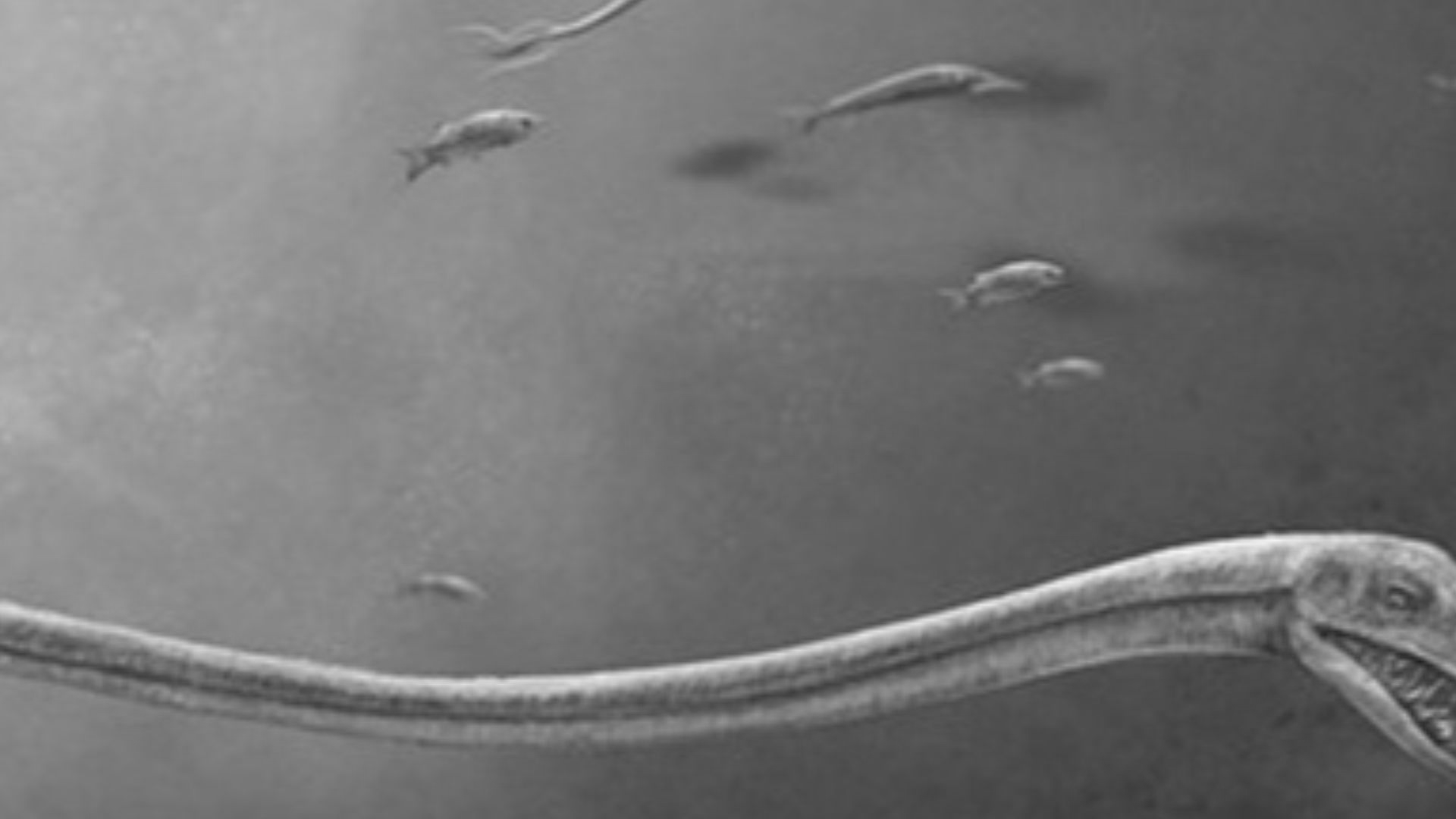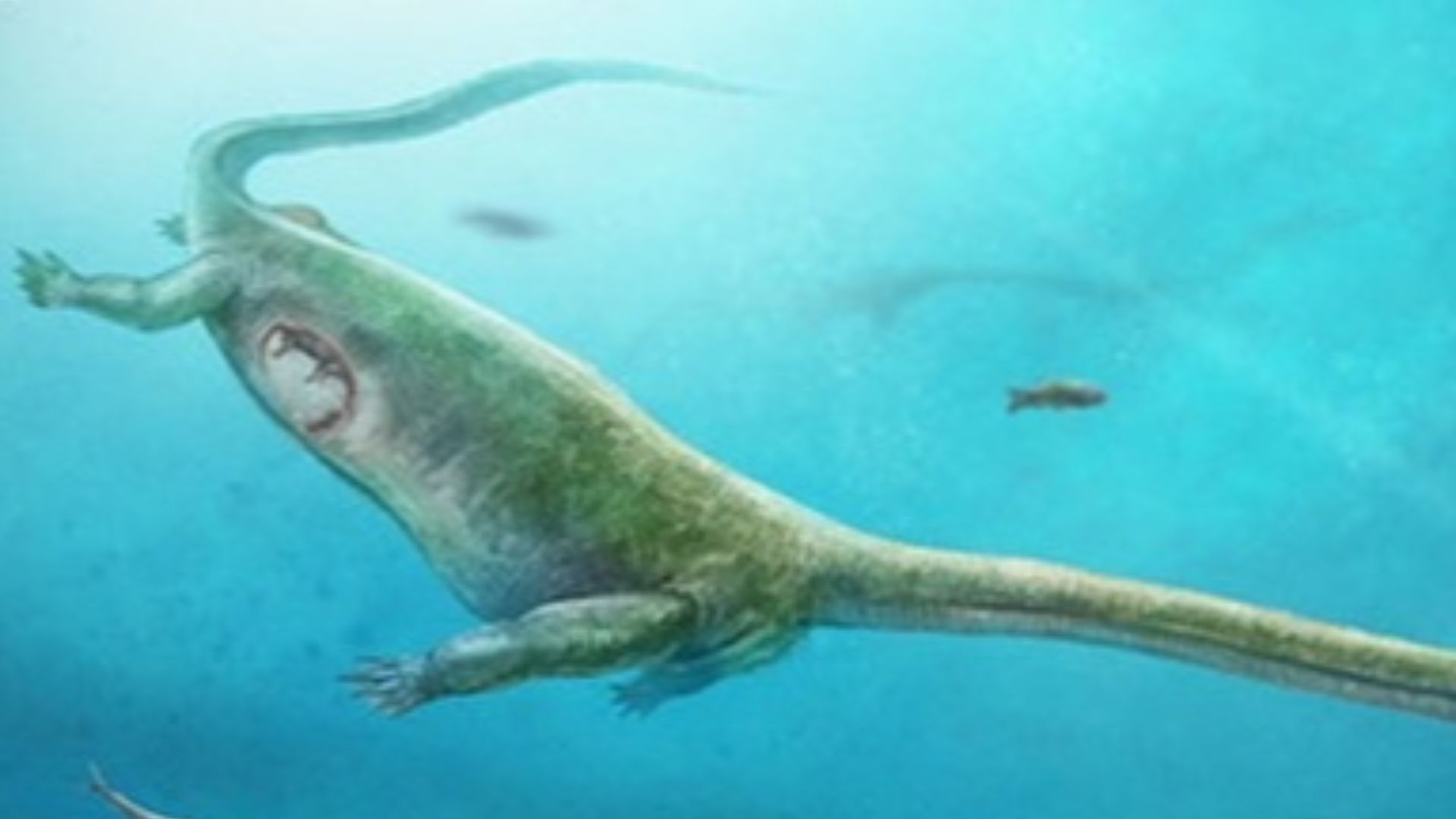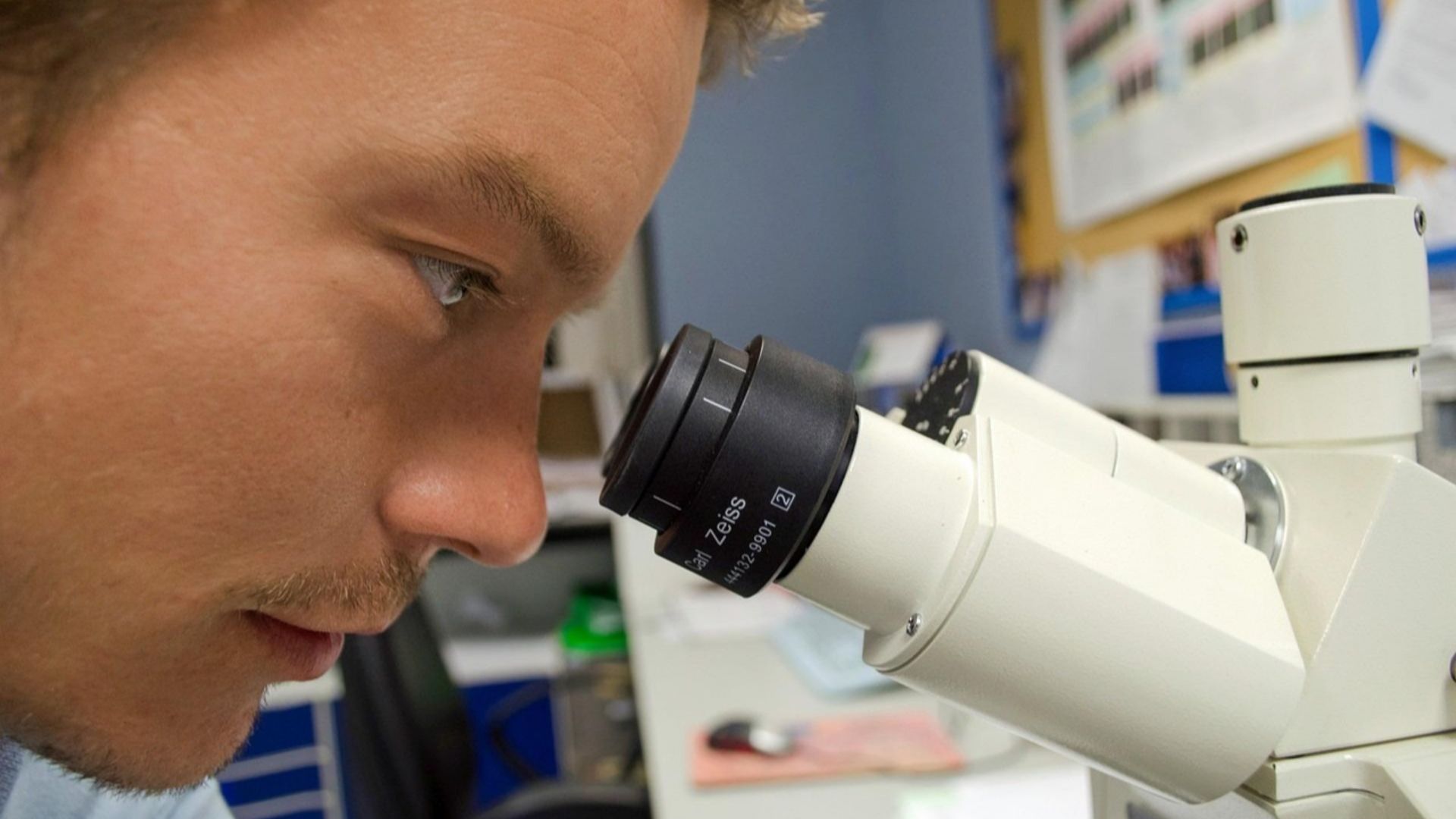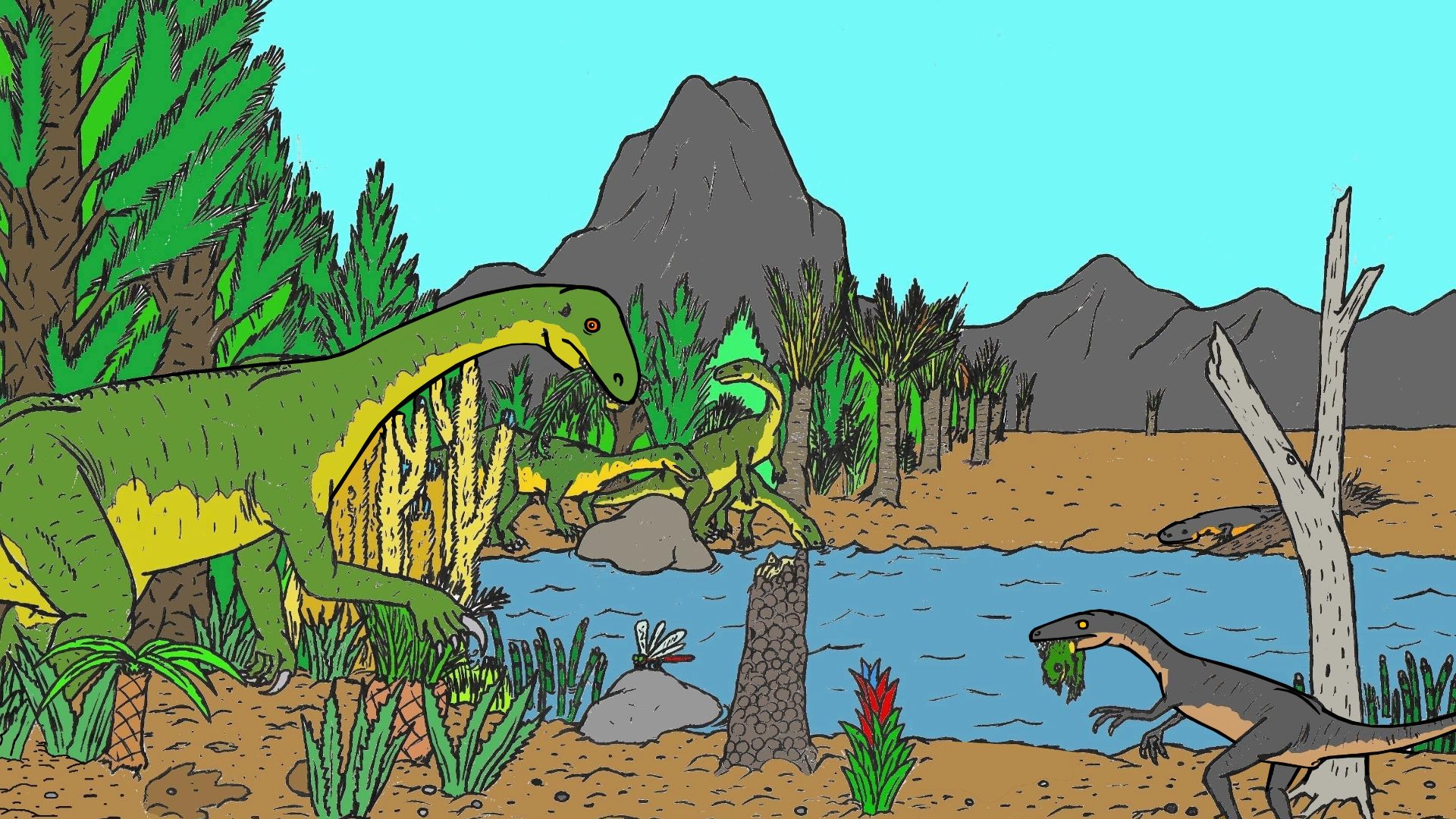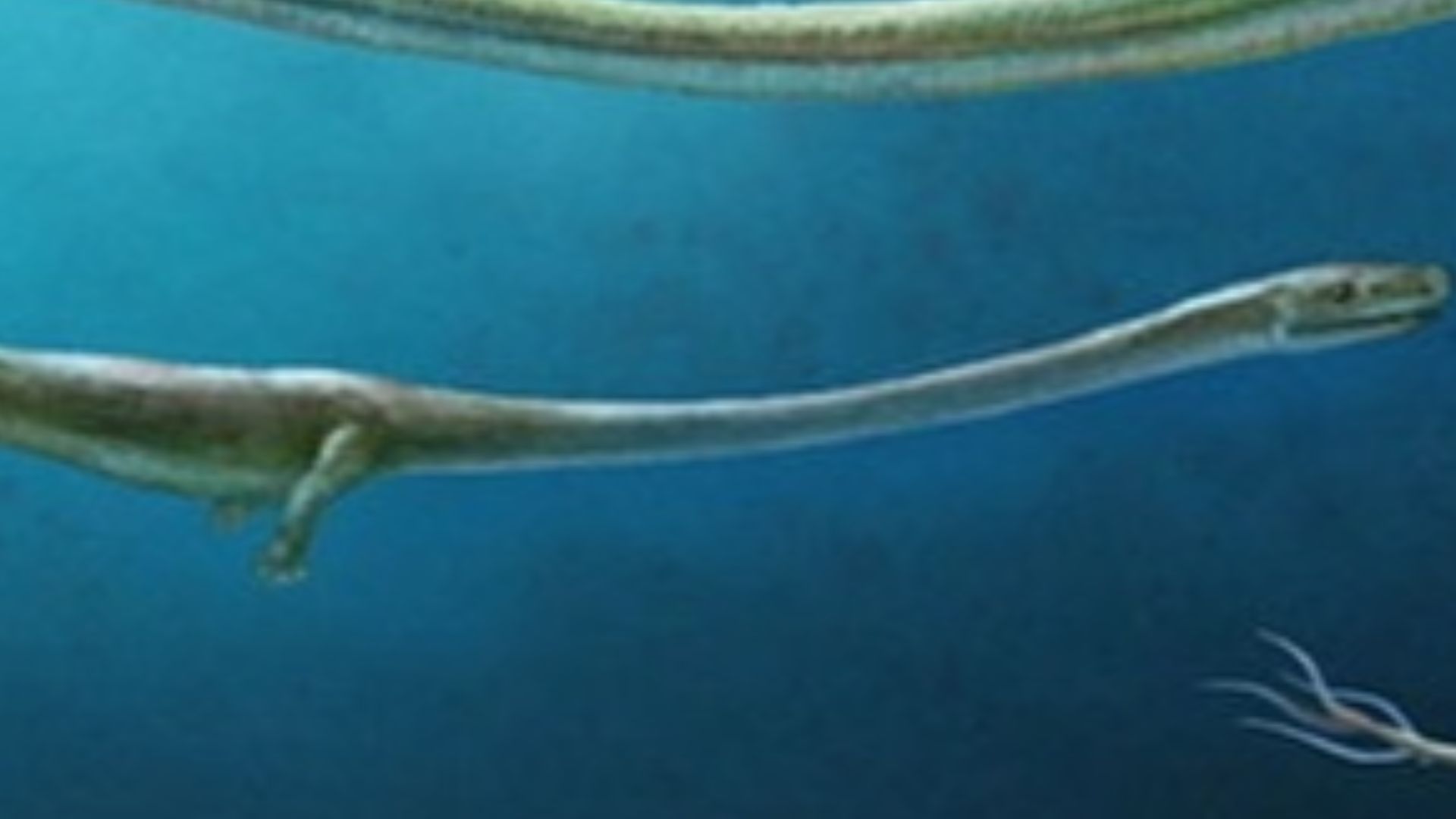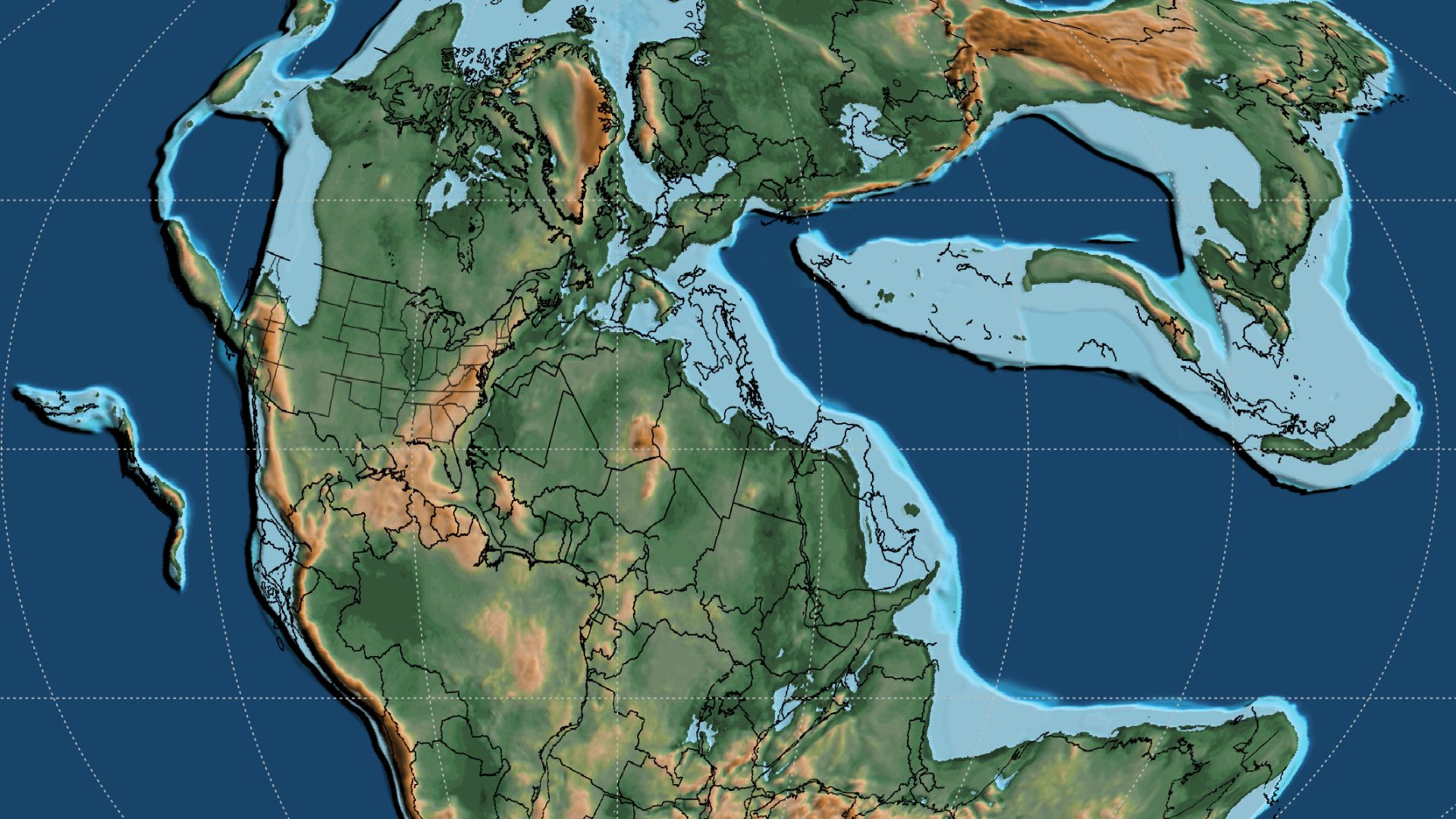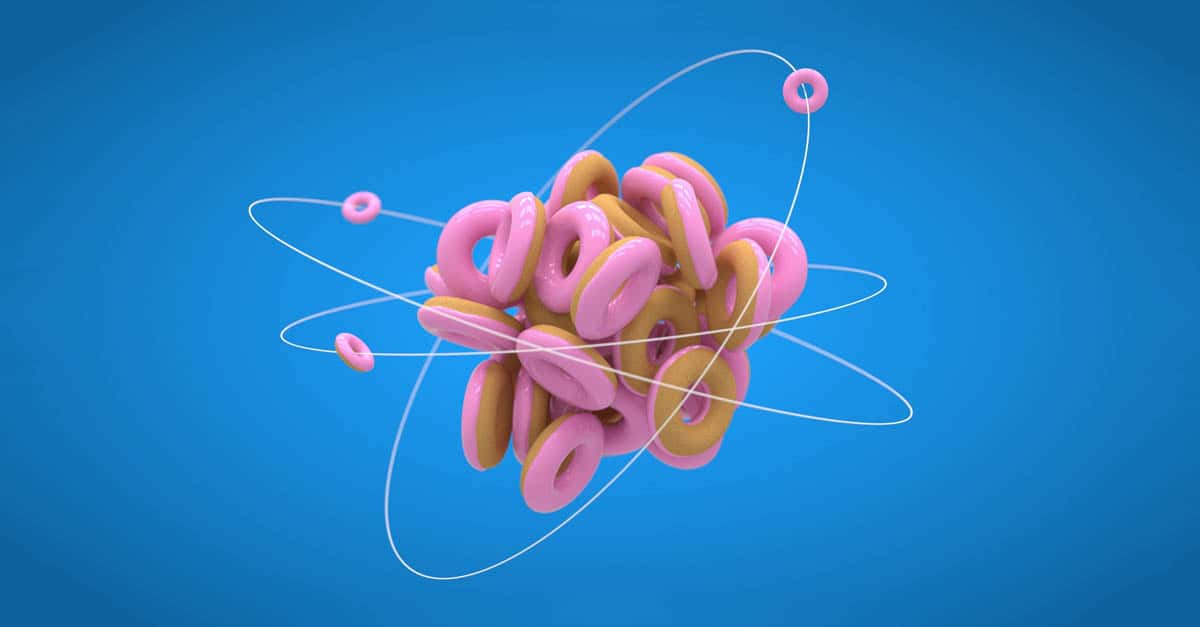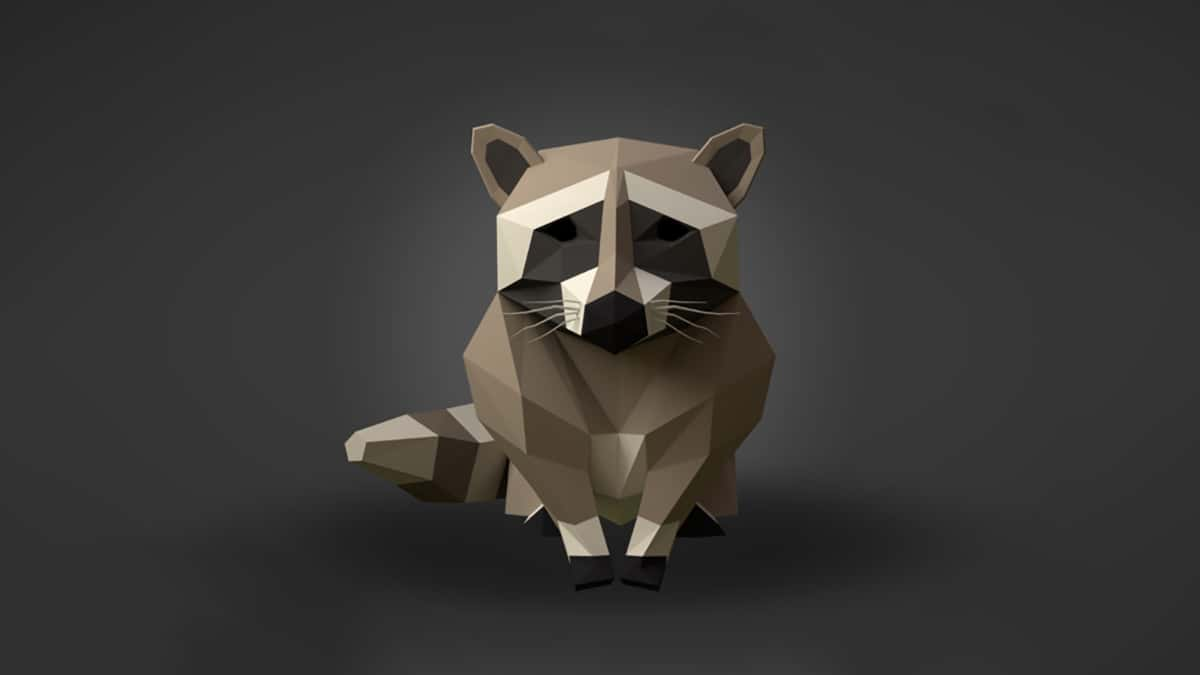The Chinese Dragon Wasn't Myth After All
Archaeologists working in the southwest of China’s Guizhou Province uncovered an exceptionally complete fossil of a marine reptile. The fossil has been likened in appearance to the mythical Chinese dragon, due to its long, coiled neck and serpent-like form. The discovery was made by an international research team and reported in early 2024.
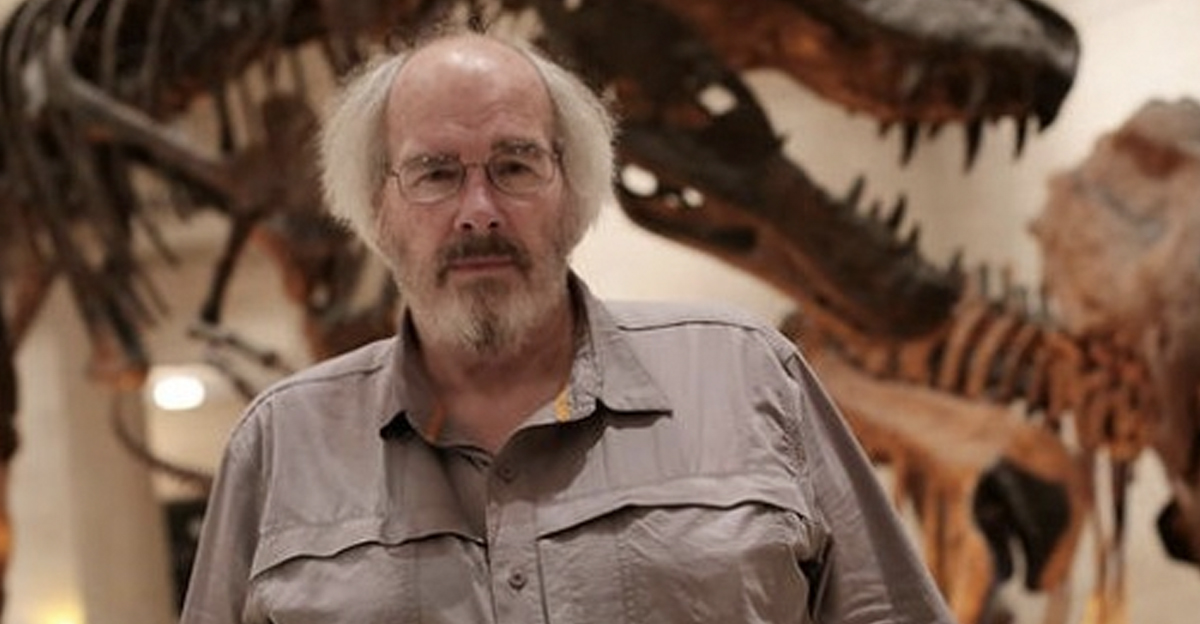
Swimming Through Triassic Park
The creature is scientifically named Dinocephalosaurus orientalis, an aquatic reptile that lived during the Triassic period. It measured about 5–6 meters in length, and possessed flippered limbs and a long neck suited to a marine lifestyle. The fossil was found in Guizhou Province of southern China, with additional specimens discovered in neighboring Yunnan.
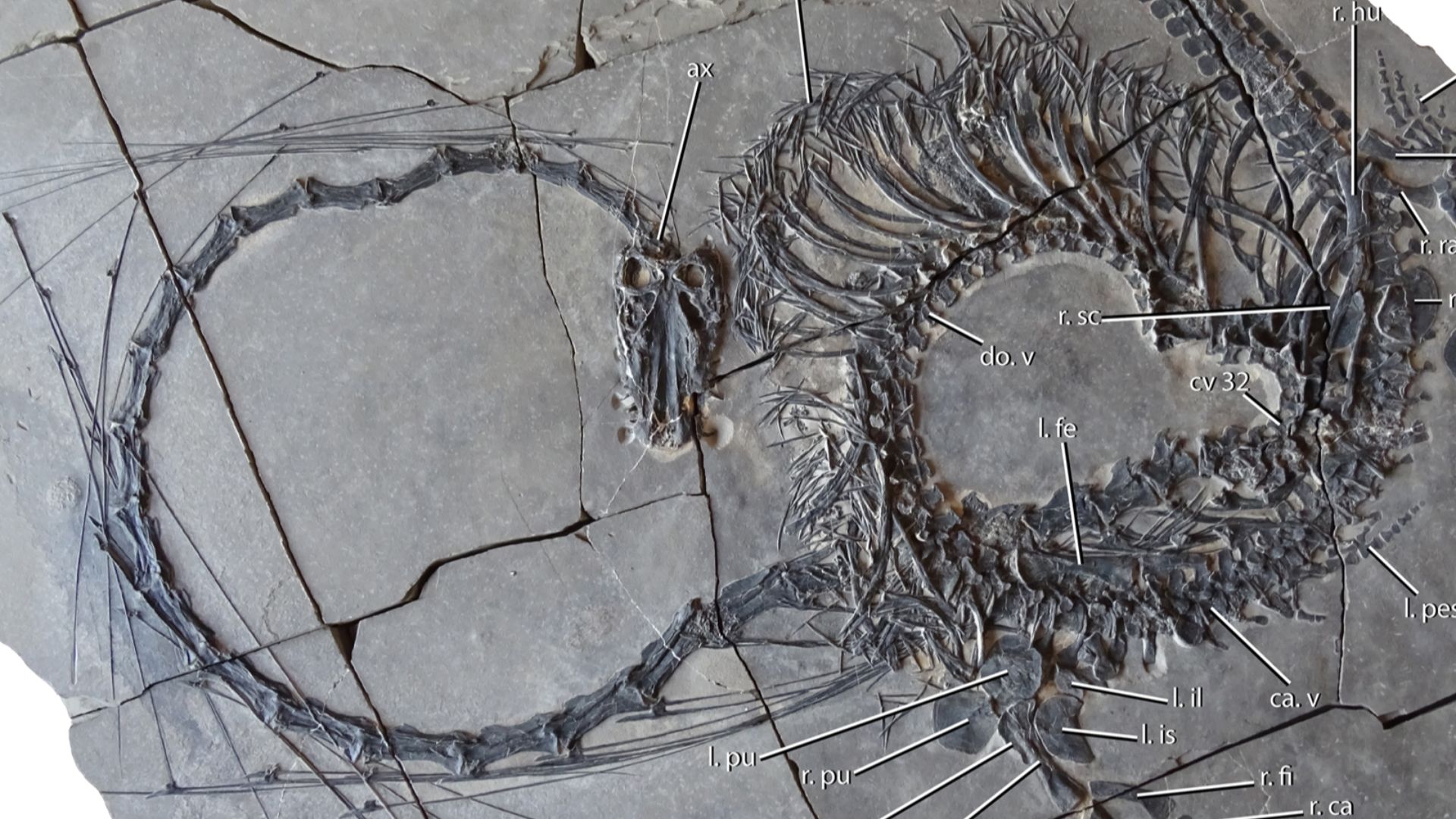 S. N. F. Spiekman, W. Wang, L. Zhao, O. Rieppel, N. C. Fraser & C. Li, Wikimedia Commons
S. N. F. Spiekman, W. Wang, L. Zhao, O. Rieppel, N. C. Fraser & C. Li, Wikimedia Commons
Very Very Many Vertebrae
The most startling feature of this reptile is that its neck comprises 32 separate cervical (neck) vertebrae. This number is far greater than is typical among long-necked marine reptiles, giving it an unusually snake-like neck. (phys.org)
Where the Name ‘Chinese Dragon’ Comes From
Scientists described the fossil as reminiscent of a long and snake-like, mythical Chinese Dragon thanks to its elongated neck and aquatic form. The resemblance to ancient dragon imagery in Chinese culture is invoked by the find.
 Johntorcasio, Wikimedia Commons
Johntorcasio, Wikimedia Commons
Discovery and Location Details
The fossil was found in the Guanling Formation of Guizhou Province in southern China. The initial identification of the species occurred in 2003, but more complete specimens were excavated and studied more recently, allowing a full reconstruction of the skeleton.
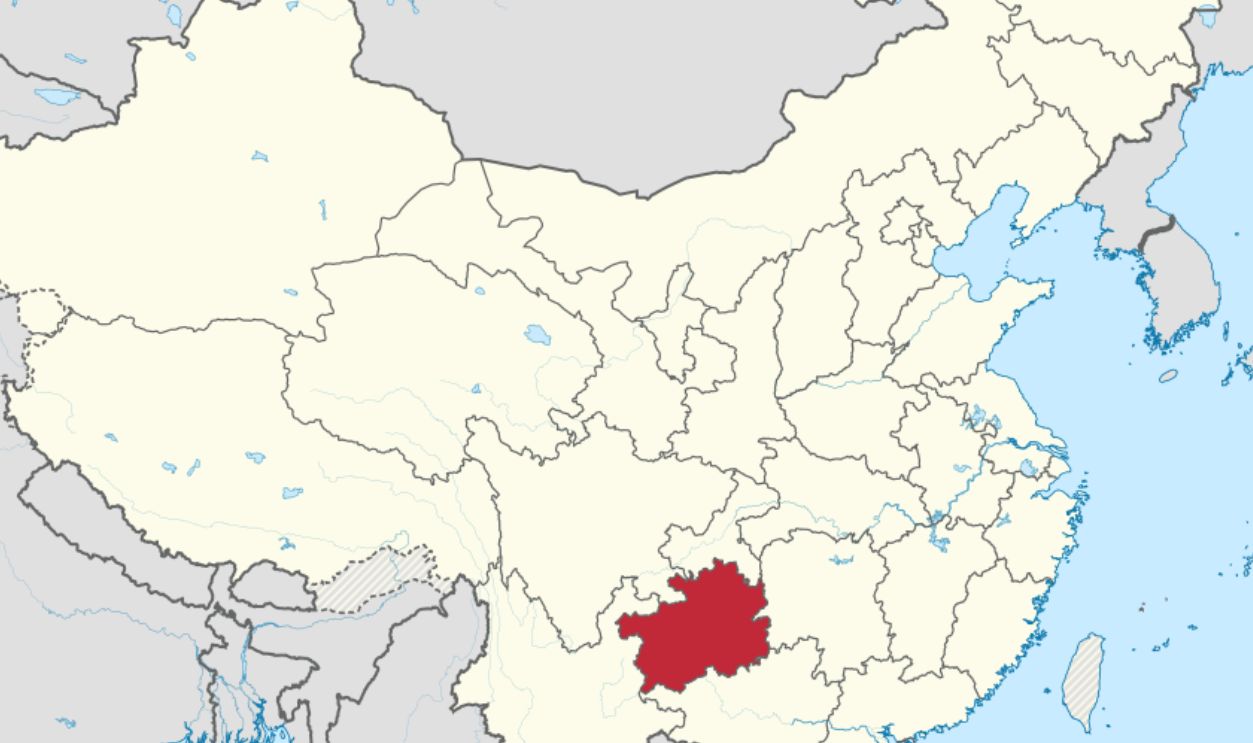 TUBS, CC BY-SA 3.0, Wikimedia Commons
TUBS, CC BY-SA 3.0, Wikimedia Commons
How Old Is This Creature?
The animal lived approximately 240 million years ago, during the Middle Triassic period, when life on Earth was diversifying following major extinction events.
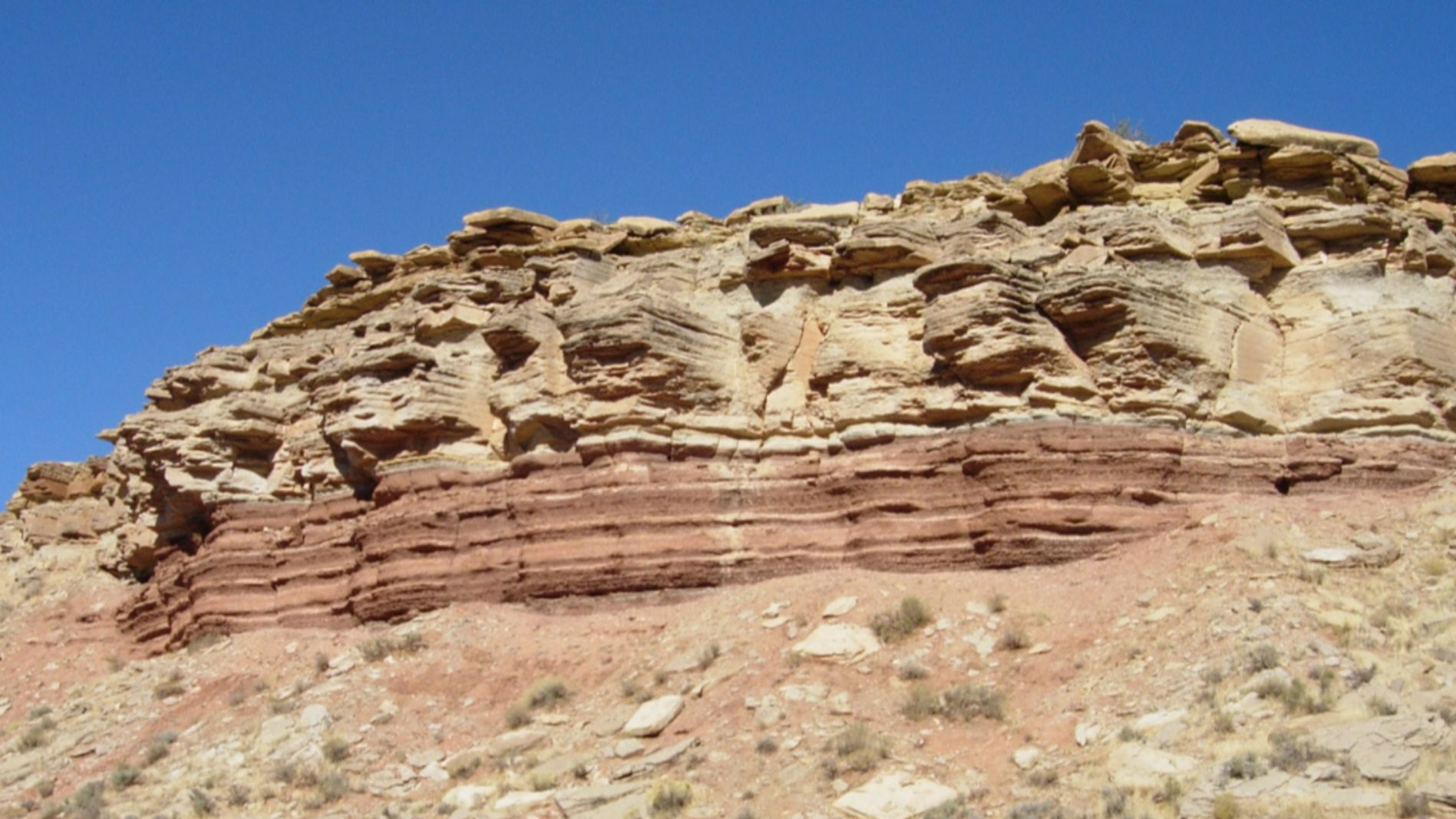 Wilson44691 at English Wikipedia, Wikimedia Commons
Wilson44691 at English Wikipedia, Wikimedia Commons
Size and Proportions
Dinocephalosaurus orientalis measured about 5–6 meters (≈16–20 feet) in length, making it a sizeable aquatic predator. Its long neck, numerous vertebrae, and flipper-like limbs made it well-adapted to life in shallow marine environments.
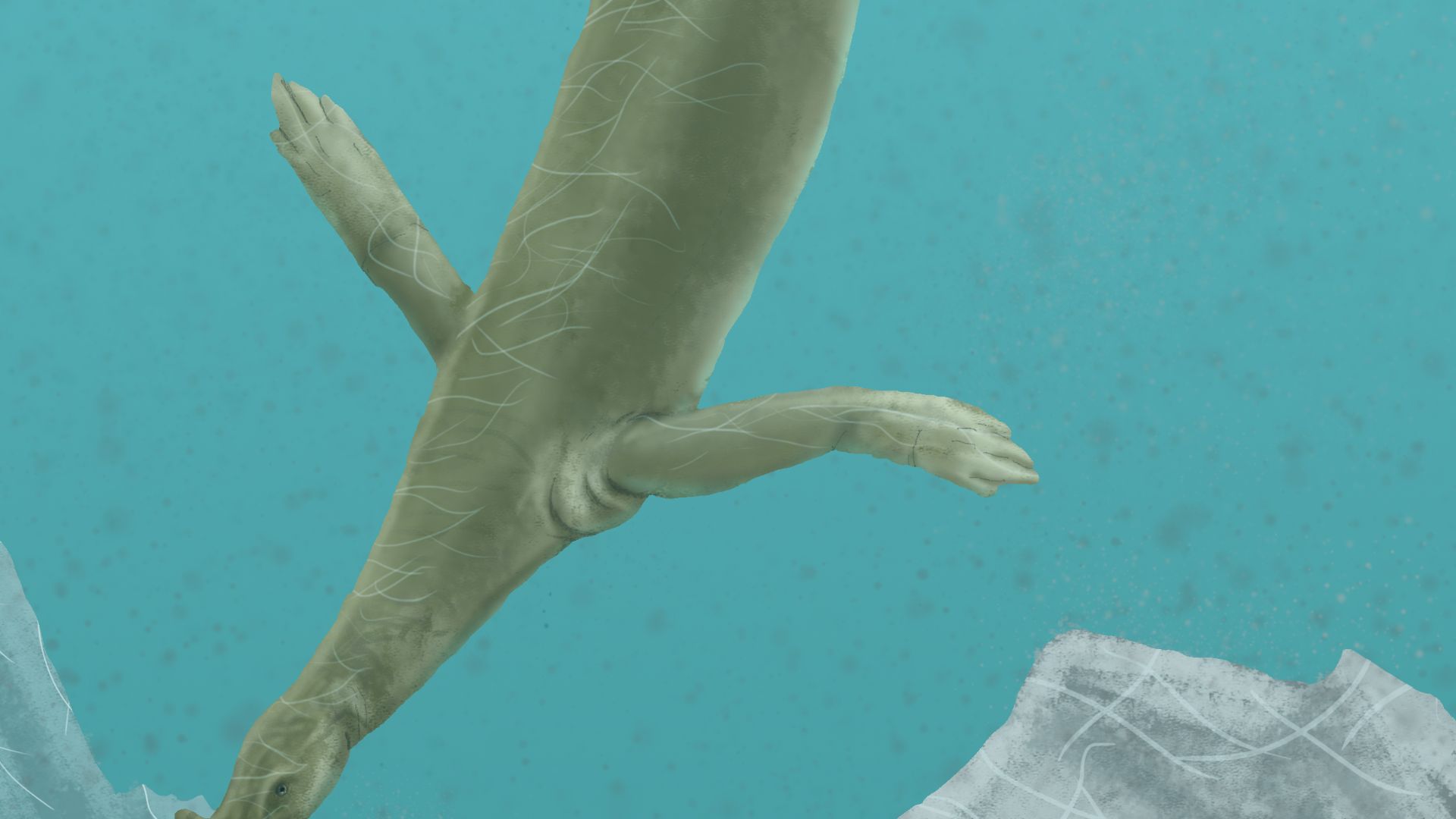 Spinosaurid, Wikimedia Commons
Spinosaurid, Wikimedia Commons
Neck vs. Body: A Comparison
The neck of Dinocephalosaurus was more than twice the length of its trunk, giving it a distinctly serpentine appearance. This proportion is unlike most other long-necked marine reptiles, setting it apart in both form and function.
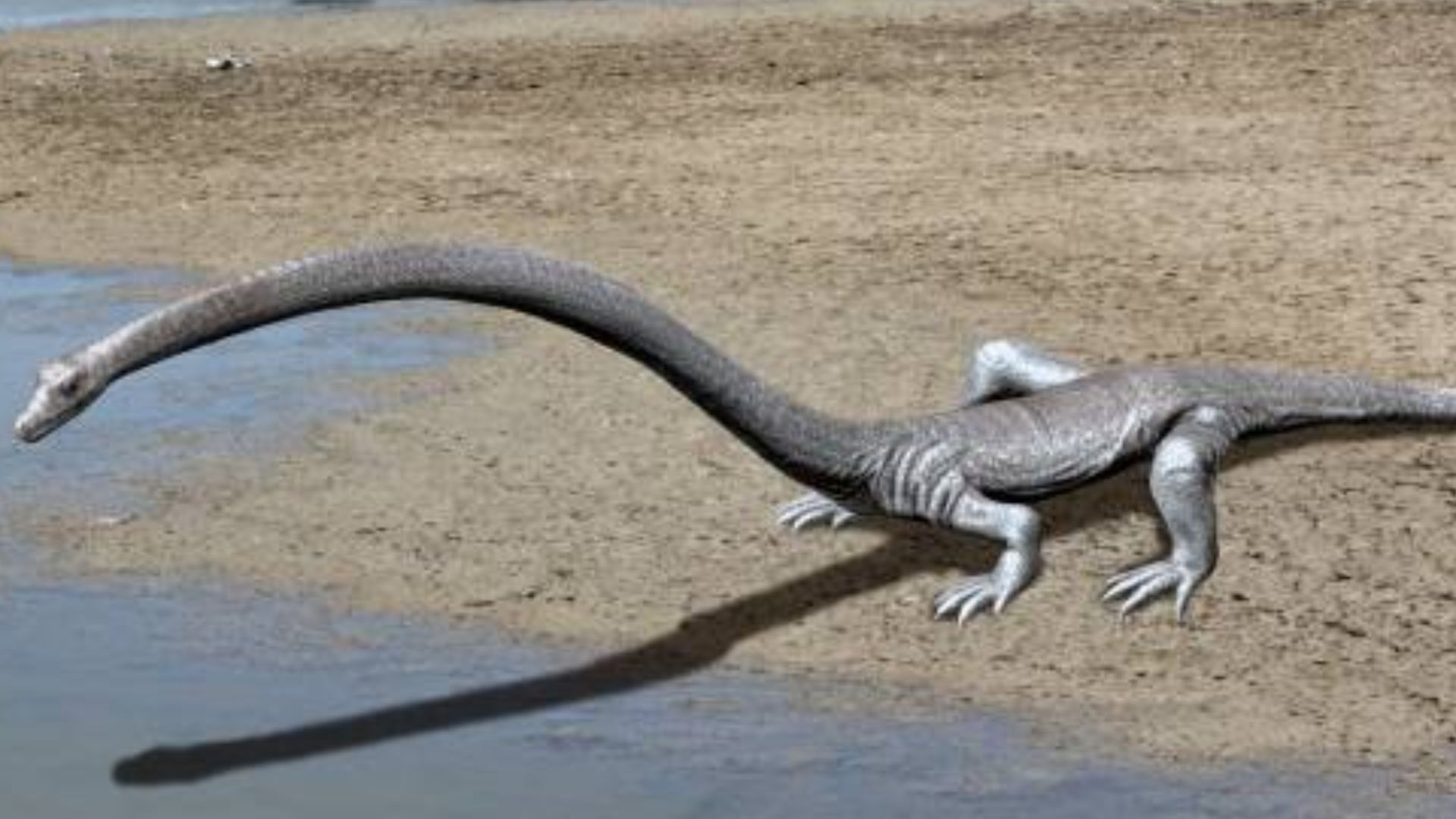 Nobu Tamura email:[email protected] http://spinops.blogspot.com/, Wikimedia Commons
Nobu Tamura email:[email protected] http://spinops.blogspot.com/, Wikimedia Commons
Skeleton and Anatomy Unveiled
The newer fossils allowed scientists to depict the creature in full for the very first time, after earlier finds were fragmentary. The articulated skeleton includes skull features, limbs, and body vertebrae, giving a more comprehensive anatomical understanding.
Flippers, Limbs and Ocean Life
Adaptations for an aquatic lifestyle are clear: the limbs are flippered rather than strictly terrestrial, and the body shape suggests efficient swimming in marine or coastal waters. Researchers described it as “clearly very well adapted to an oceanic lifestyle.”
What the Stomach Reveals
Within the fossil, scientists found several exquisitely preserved fish in its stomach region, indicating it fed on marine prey. This supports the interpretation of a hunting lifestyle in the water.
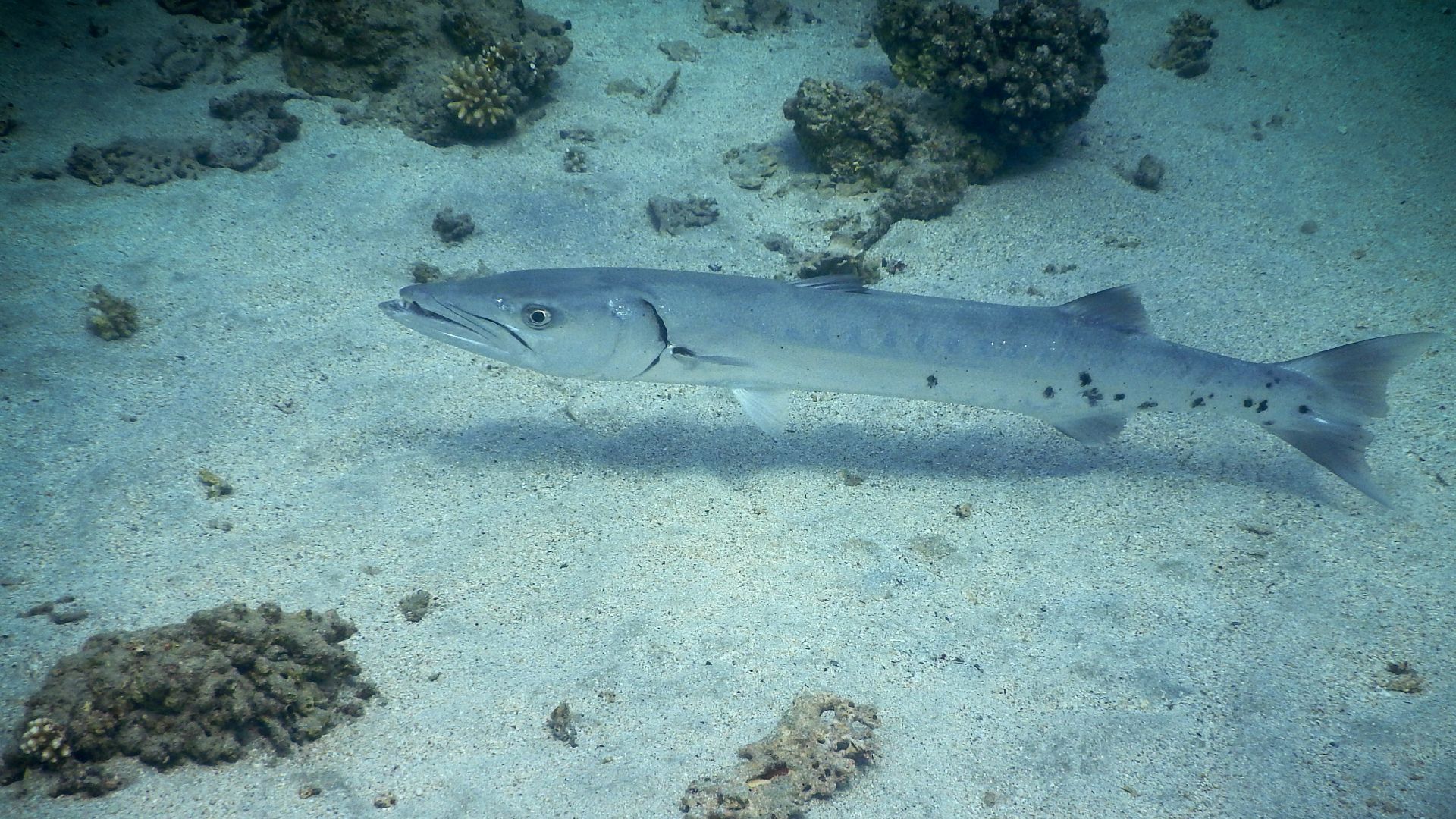 Ekaterina Zlotnikova, Unsplash
Ekaterina Zlotnikova, Unsplash
Not a Plesiosaur, But a Unique Lineage
Although it superficially resembles long-necked plesiosaurs, Dinocephalosaurus orientalis is not closely related to them. Plesiosaurs evolved about 40 million years later. This creature represents a separate lineage of marine reptiles.
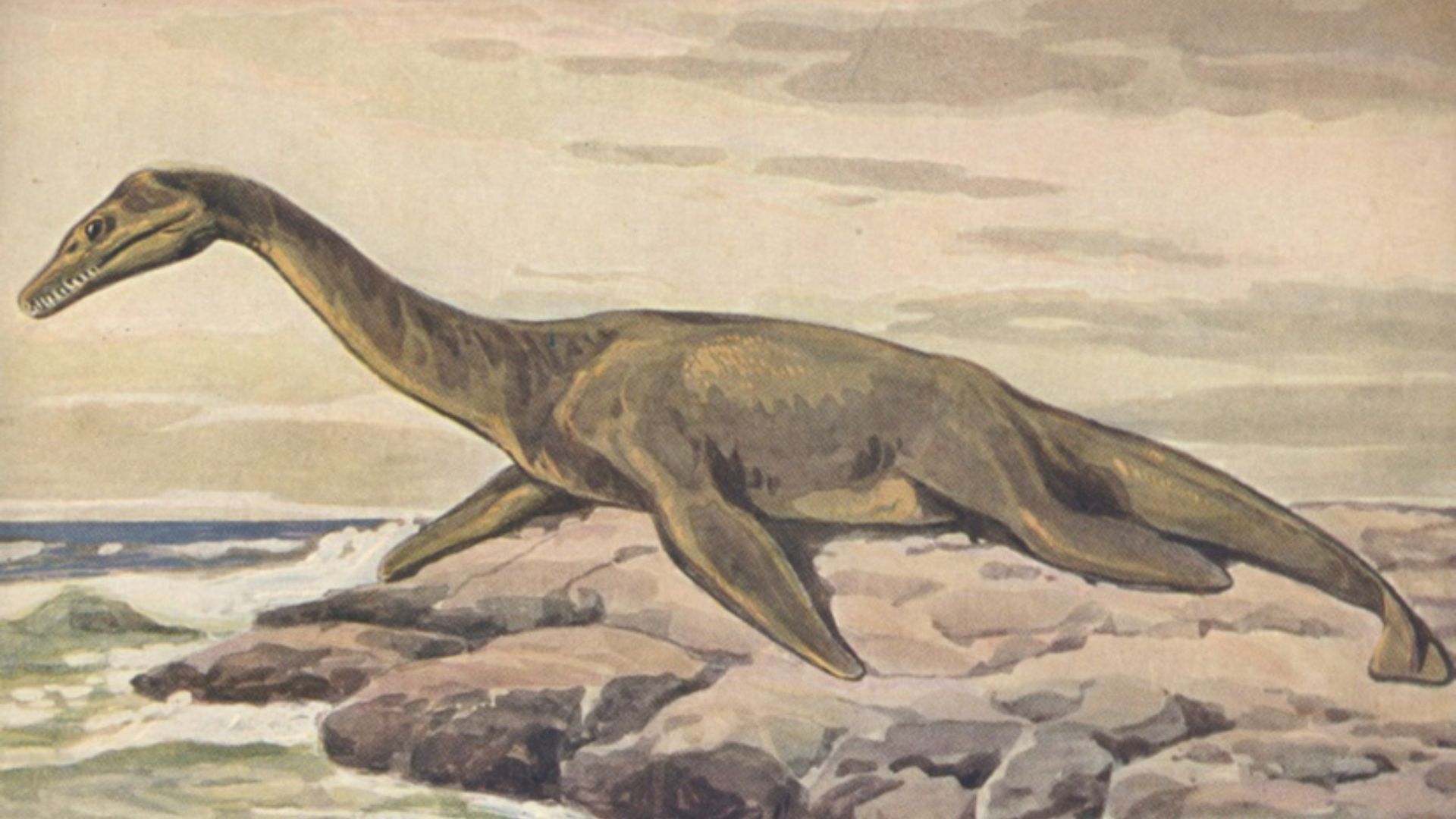 Heinrich Harder (1858-1935), Wikimedia Commons
Heinrich Harder (1858-1935), Wikimedia Commons
Comparing to Tanystropheus hydroides
Scientists noted that Dinocephalosaurus shares certain skull features with Tanystropheus hydroides, a long-necked reptile from Europe and China. However, Dinocephalosaurus has many more vertebrae in both neck and trunk, making it distinct.
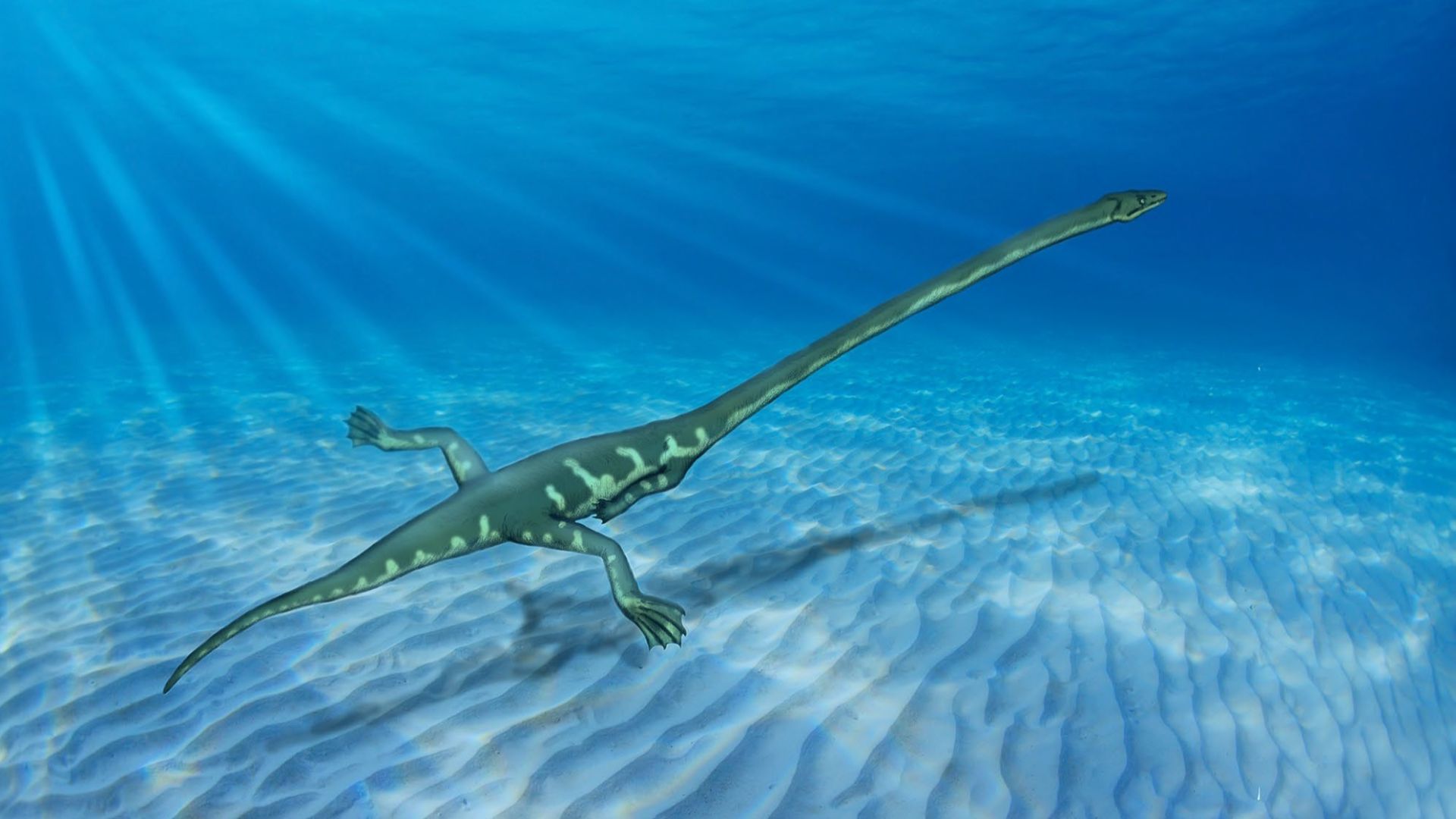 Renesto S.. & Saller F.. (2018), Wikimedia Commons
Renesto S.. & Saller F.. (2018), Wikimedia Commons
The Science Paper
The formal description of the fossil was published in Earth and Environmental Science: Transactions of the Royal Society of Edinburgh (Vol. 114, Issue 3–4). The study gives full anatomical detail and places the find into evolutionary context.
International Collaboration at Work
The research was conducted by an international team, including scientists from China, the United Kingdom, Germany, and the United States. This global effort enabled a more complete understanding of the fossil and its evolutionary significance.
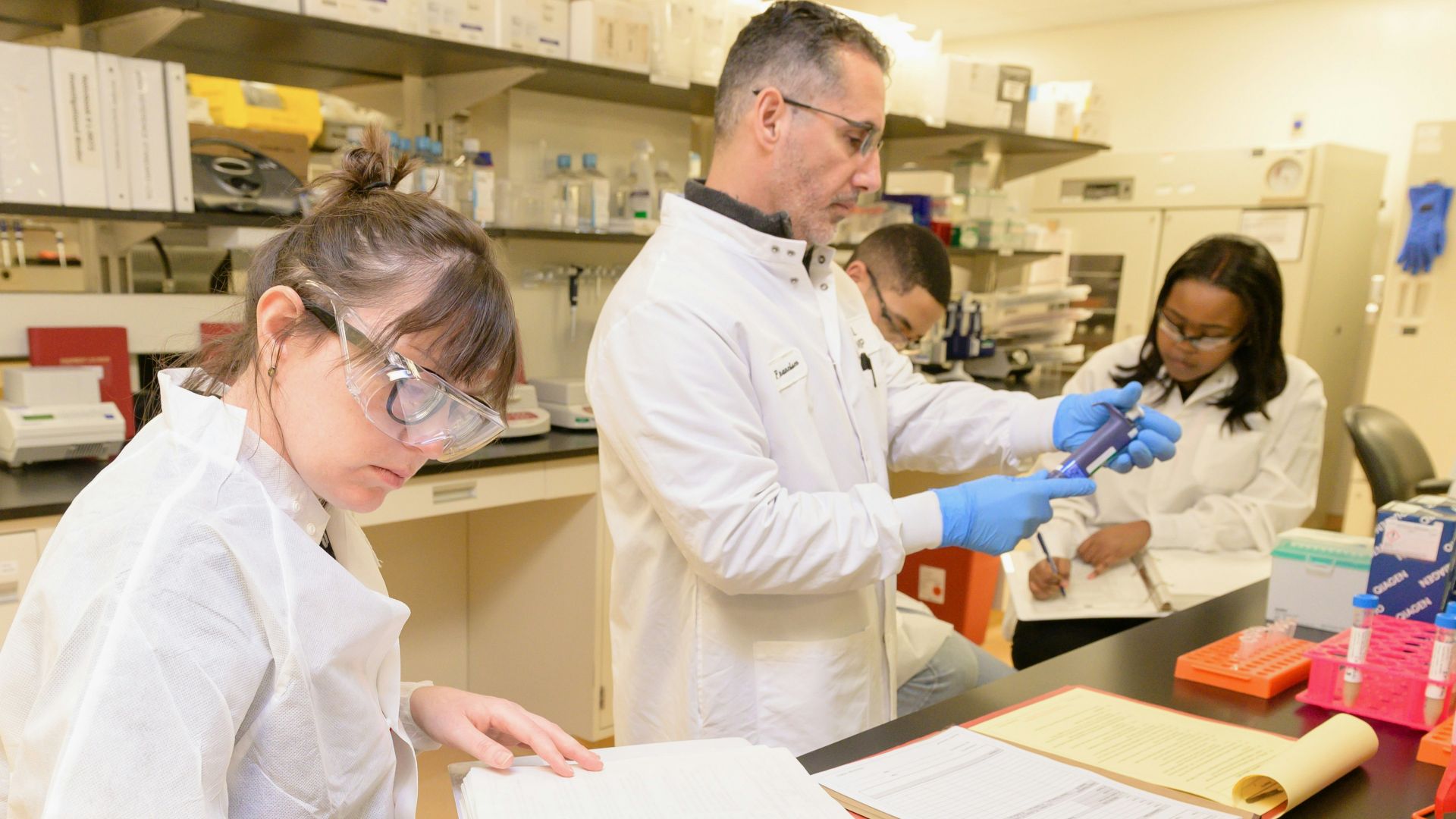 National Institute of Allergy and Infectious Diseases, Unsplash
National Institute of Allergy and Infectious Diseases, Unsplash
Why 32 Vertebrae Matter
The unusually high number of cervical vertebrae (32) is significant because most long-necked marine reptiles either elongated individual vertebrae or added fewer segments. In this case, the neck grew by adding more vertebrae—a different evolutionary strategy.
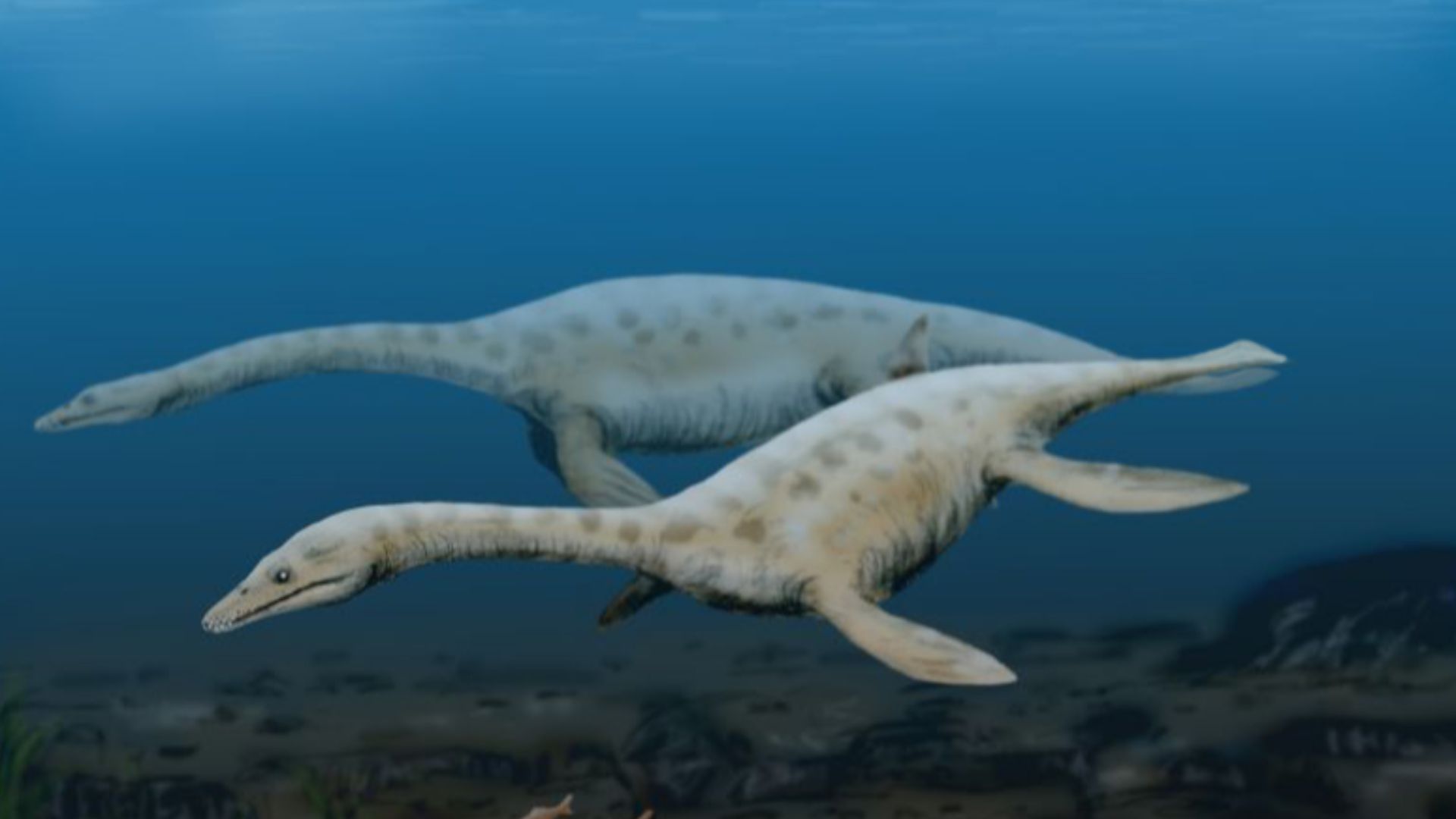 Nobu Tamura (http://spinops.blogspot.com), Wikimedia Commons
Nobu Tamura (http://spinops.blogspot.com), Wikimedia Commons
Implications for Neck Function
Researchers are investigating how the long neck functioned: how flexible it was, how it may have been used to hunt prey, and why such an extreme morphology evolved in an aquatic setting. The structure may have allowed stealthier approaches toward fish prey.
What Environment Did It Live In?
During the Middle Triassic, the area that is now Guizhou Province was covered by shallow seas. The marine reptile likely lived in near-shore ecosystems, hunting fish and other aquatic prey.
Evolution After Mass Extinction
The Triassic period followed the largest mass extinction in Earth’s history. The discovery of this fossil adds to understanding of how marine ecosystems recovered and diversified in the wake of that event.
Broader Clade: Dinocephalosauridae
The fossil belongs to the broader group referred to as the Dinocephalosauridae, also known in some literature as Trachelosauridae, a lineage of long-necked archosauromorph reptiles adapted to marine life.
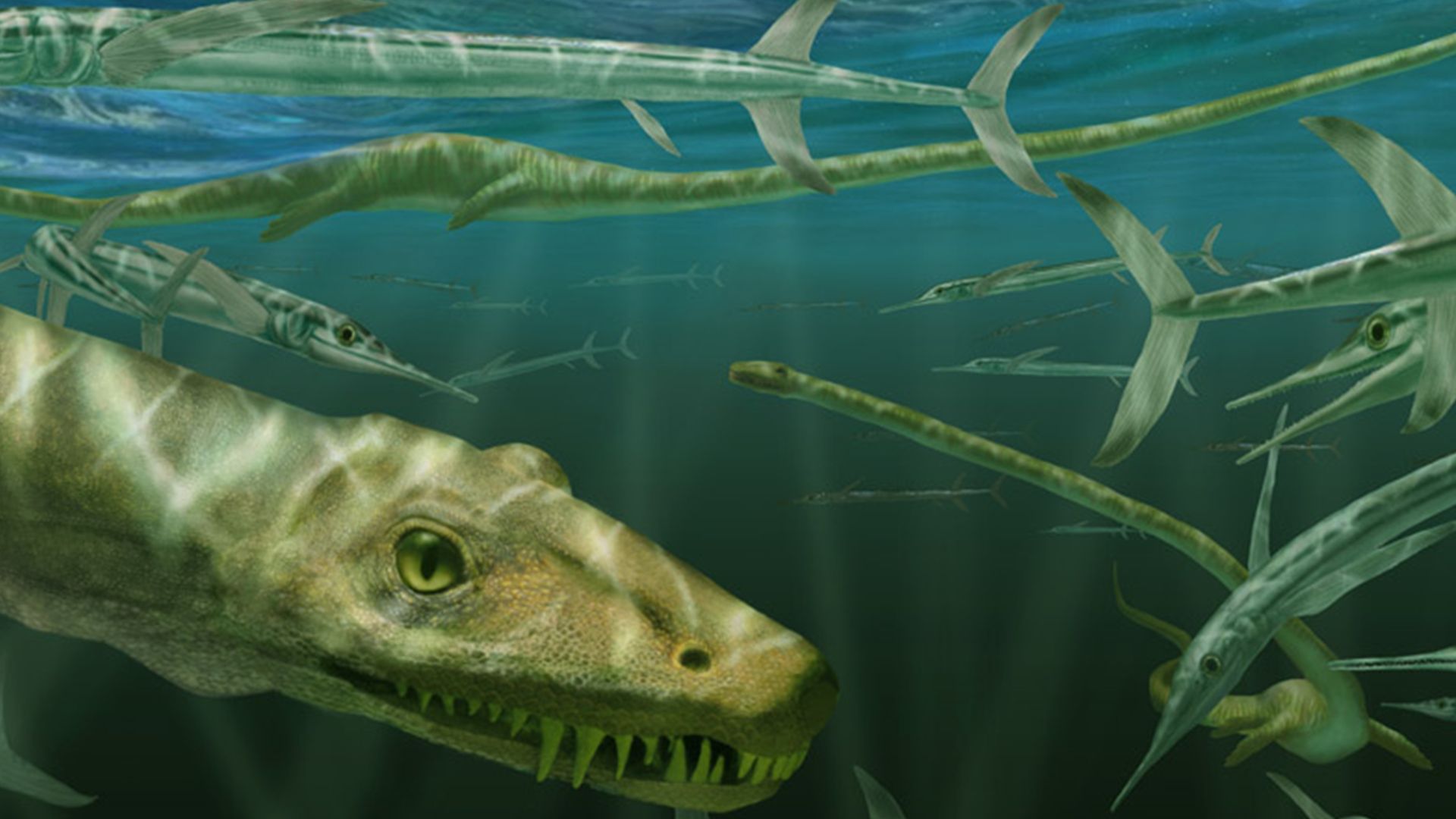 Marlene Donnelly, Wikimedia Commons
Marlene Donnelly, Wikimedia Commons
Live Birth in Marine Reptiles
Evidence shows Dinocephalosaurus orientalis gave birth to live young (viviparity), based on an embryo preserved within the abdominal cavity. This adaptation indicates a fully aquatic life, without returning to land to lay eggs.
Cultural and Scientific Resonance
Because of its dragon-like appearance and its discovery in a region and culture with strong dragon imagery, the fossil has captured public imagination. Scientists themselves note the resemblance and the symbolic power of the find.
 Guywoodland, Wikimedia Commons
Guywoodland, Wikimedia Commons
What Remains Unknown
Despite the detailed new fossil, many questions remain: how exactly the neck was used in predation, how the animal moved in the water, and how its evolutionary lineage relates to other marine reptiles. Future research aims to resolve these.
Why This Discovery Matters
This find expands our knowledge of marine reptile diversity in the Triassic and shows that more extreme body plans existed than previously known. It emphasizes how diverse and specialized early marine ecosystems had already become.
Looking Ahead to the Next Dragon
The team hopes that further fieldwork and fossil discoveries in Guizhou Province and elsewhere will uncover additional specimens, refining our understanding of Dinocephalosaurus orientalis and its environment. This fossil opens a new chapter in the story of ancient marine reptiles.

